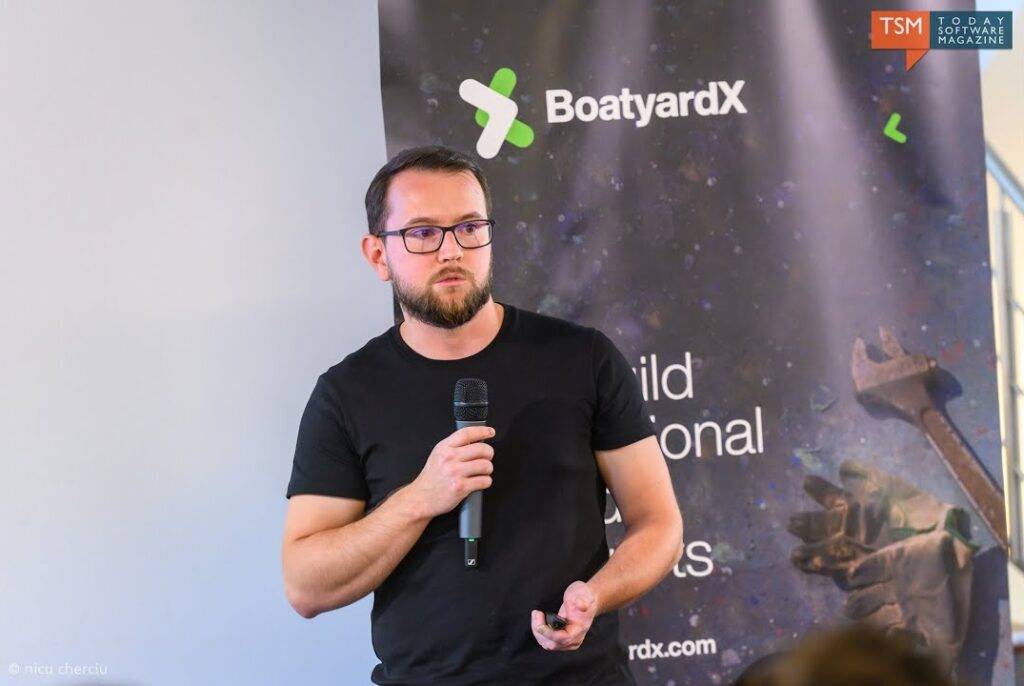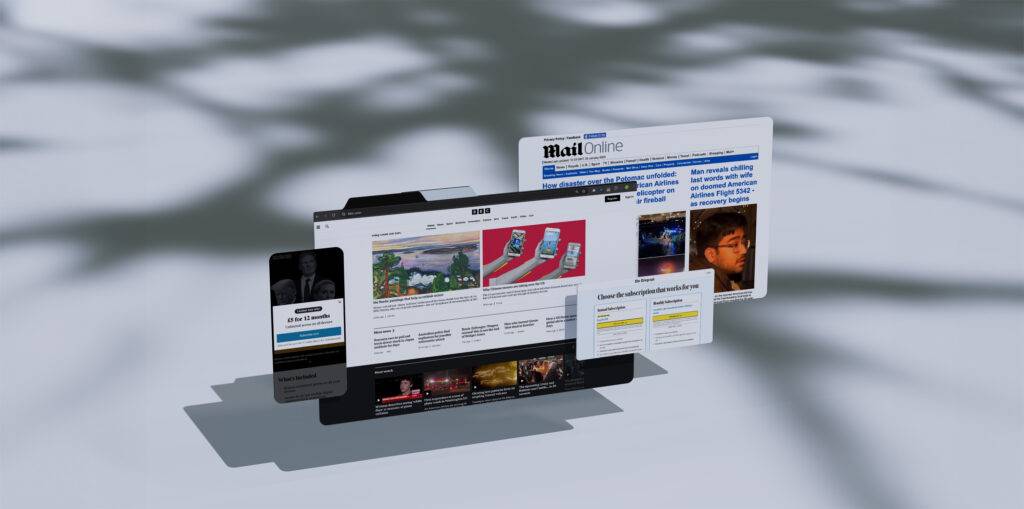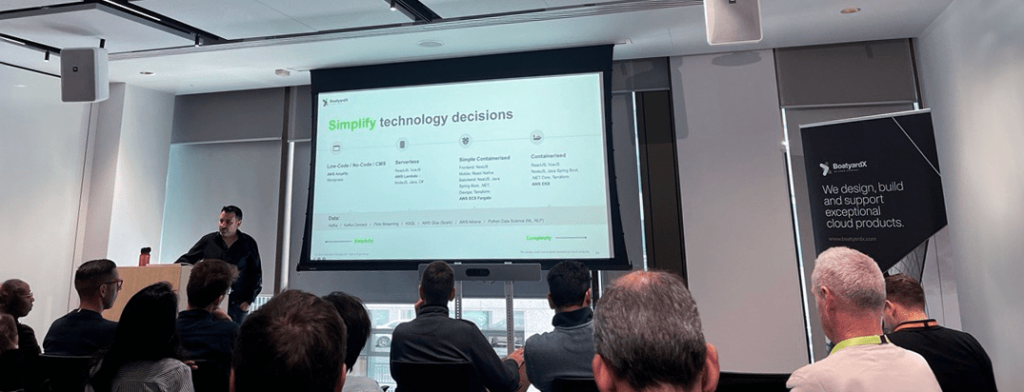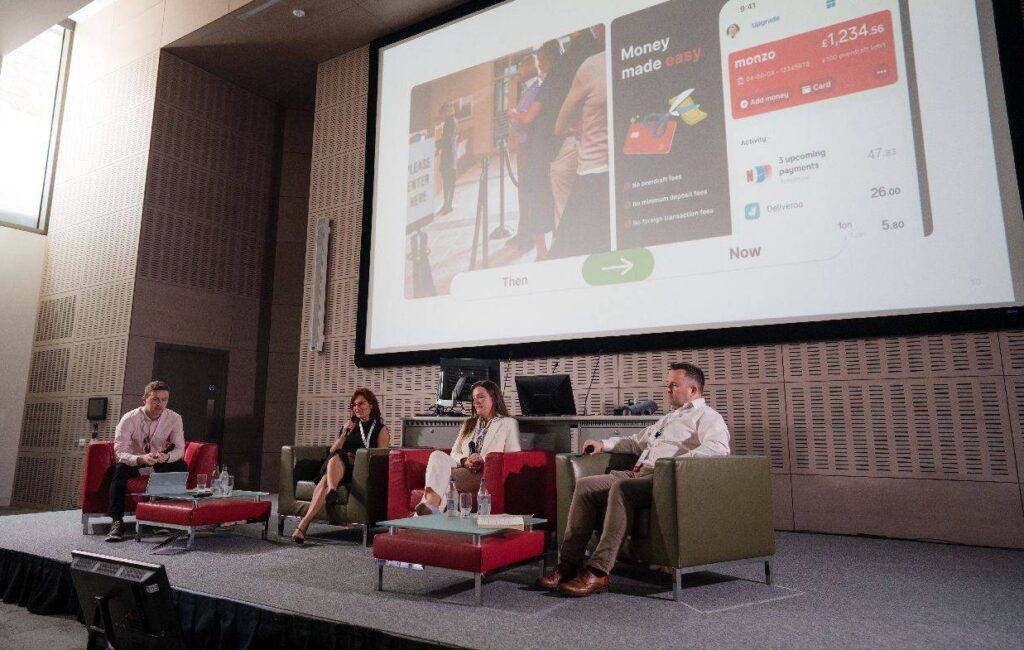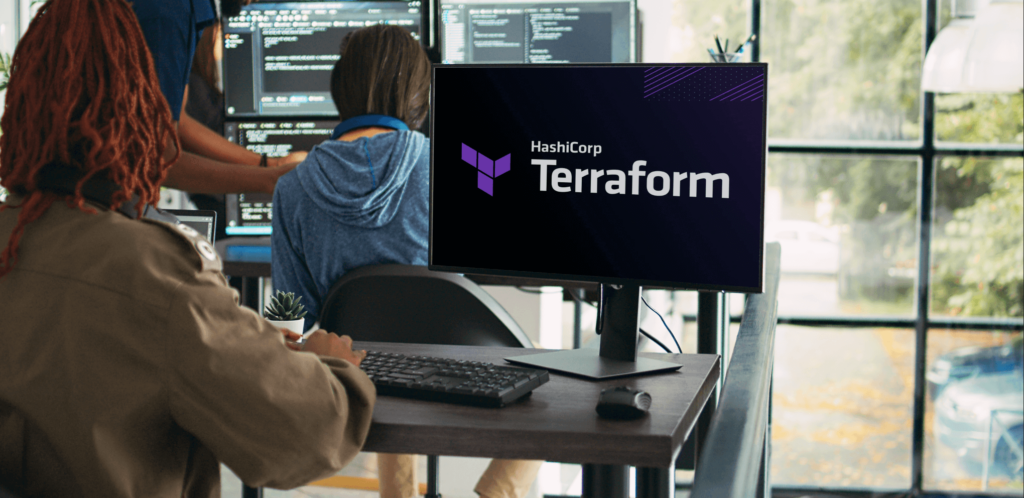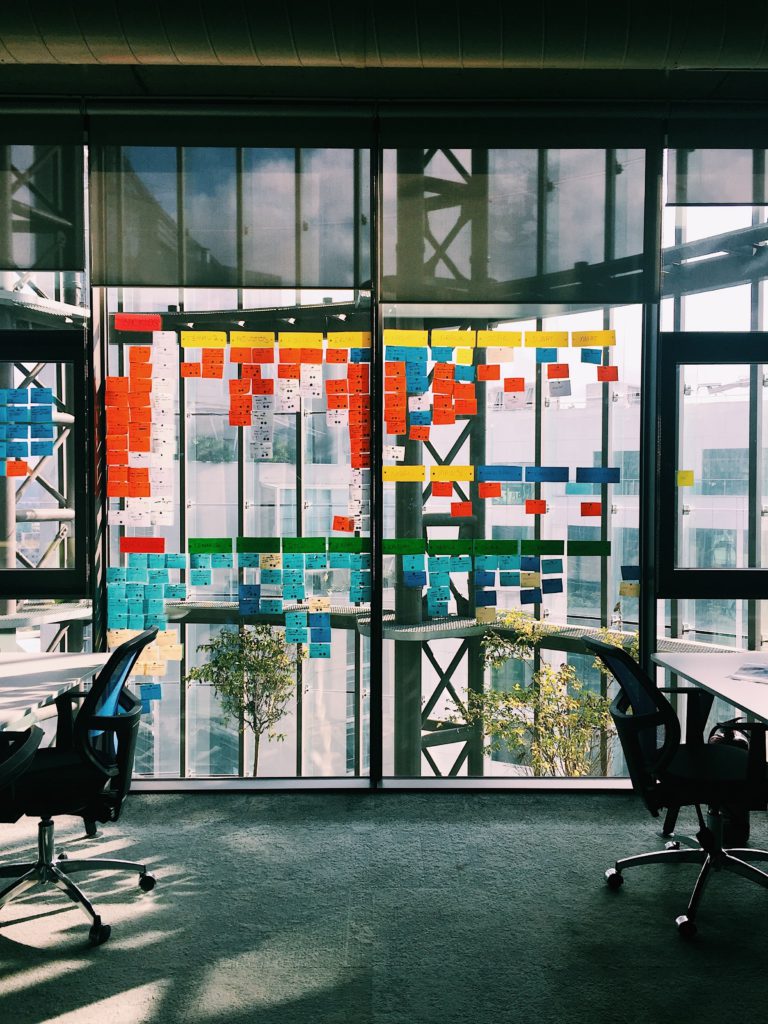- Brian Riera, Graduate Business and Technology Analyst
Many organisations today find themselves stuck midway through their cloud journey, eager to migrate more but held back by outdated, complex legacy applications. These systems often sit at the heart of daily operations, yet they are also the root cause of spiralling infrastructure costs, security risks, and limited agility. Typically monolithic and difficult to scale, they are tethered to outdated infrastructure, reliant on unsupported dependencies, and resistant to integration with modern DevOps tooling or cloud-native services. This creates bottlenecks in deployment and innovation. As a result, organisations often struggle to realise the full value of the cloud. The issue is not a lack of intent, but the weight of their legacy stack.
App modernisation offers a practical path forward. By assessing the application landscape and choosing the right modernisation approach, businesses can reduce operational overhead, accelerate migration, and lay the foundation for long-term innovation.
BoatyardX Approach: Assess First, Optimise Strategically
At BoatyardX, we start with an evaluation of your current application landscape. Through our DiscoverX process, we help uncover technical blockers, identify high-risk areas, and explore modernisation opportunities, all before committing to large-scale change.
From there, we recommend the most cost-effective path forward using the 7Rs framework. This lets us align business goals with the right level of transformation for each app, whether it’s a simple lift-and-shift or a full re-architecture. The result? Clear, prioritised actions that reduce complexity, unlock savings, and set the stage for scalable cloud adoption.
The 7Rs Framework: Choosing the Right Strategy
So, what exactly are the 7Rs and how do they help reduce cost through modernisation? Let’s break it down. Developed by AWS, the 7Rs framework is a practical tool we use to classify each application based on its business value, technical complexity, and modernisation potential. By mapping apps to one of the seven strategies, we help organisations make informed, cost-conscious decisions that avoid overengineering and accelerate time to value.
Each of the seven Rs represents a different approach to modernisation. Here is how they work in practice:
Retire: Remove redundant systems that no longer deliver value. Eliminating these frees up budget, reduces security risk, and simplifies your estate.
Retain: Some apps are better left as-is, either because they aren’t ready for migration or there’s no cost benefit. We recommend retaining only when it’s a deliberate, strategic choice.
Rehost: Also known as lift and shift, this strategy moves applications to the cloud without code changes. It’s fast and lower risk, ideal for legacy workloads that need quick wins.
Relocate: Similar to rehost, but done at the infrastructure platform level, like moving virtual machines from on-prem to IaaS. It’s often automated and doesn’t impact the app.
Repurchase: When a SaaS option offers better value, we replace the existing app. This shifts cost from maintenance to subscription, while gaining modern features instantly.
Replatform: Keep the app, but optimise its environment, for example, by moving to a managed database or container platform. This improves efficiency without rewriting code.
Refactor (or Rearchitect): The most transformative option, rebuilding the app to take full advantage of cloud-native services, like serverless, containers, and microservices. It’s high effort, but high reward.
By categorising each app, we help clients prioritise the changes that will deliver the most value, whether that’s speed, cost savings, or readiness for future development. The illustration below shows how each of the 7Rs corresponds to distinct technical steps, from early assessment through to deployment. This can help teams understand the scope and complexity of each migration route.
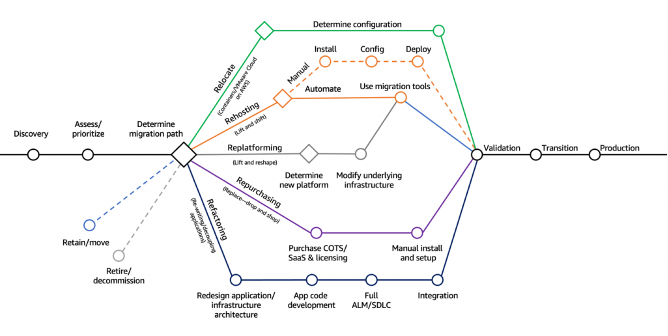
Source: AWS
How App Modernisation Drives Cost Optimisation
App modernisation is not just a technical upgrade, It’s a lever for broader business efficiency. By replatforming or refactoring legacy applications, organisations can optimise resource usage, reducing compute and storage costs. Retiring redundant systems and removing manual workarounds helps reduce technical debt and frees teams to focus on more valuable initiatives.
As part of this shift, adopting modern tooling and platforms improves developer productivity, enabling faster release cycles and reducing bottlenecks. Security and compliance improve as legacy vulnerabilities are addressed and systems are brought in line with modern standards. For many organisations, modernisation also opens the door to external support, such as Microsoft’s funded app modernisation assessments, which can help offset upfront investment.
These benefits go beyond infrastructure, creating measurable impact on cost, risk, and innovation readiness.
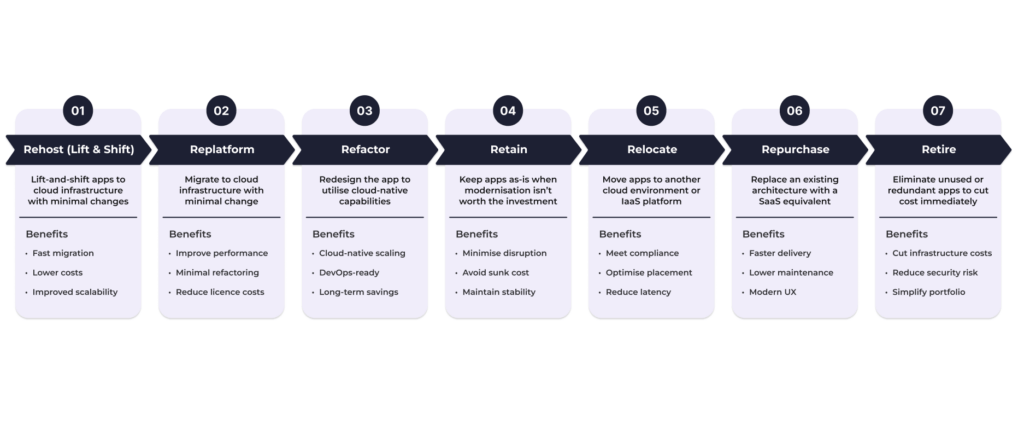
Conclusion: Modernisation as a Catalyst
More than a system upgrade, app modernisation represents a pivotal shift toward a more efficient and future-ready business. At BoatyardX, we help businesses move from uncertainty to clarity. Through our DiscoverX process, we deliver a structured, insight-led evaluation of your application landscape and align each system to the most cost-effective path using the AWS 7Rs model. Whether that means rehosting legacy .NET apps on Azure or refactoring workloads for containers, we provide both the strategic direction and technical expertise to deliver real results. If legacy systems are slowing your progress, modernisation could be the most efficient way to move forward.
Get in Contact
If you have a new concept or existing product and are considering taking the next steps, we would love to discuss if a BoatyardX Discovery project can help you achieve your product vision.
Reach out at letsgettowork@boatyardx.com
Read more tech topics
Modernise smarter, scale faster. BoatyardX helps you cut costs and unlock agility by transforming legacy apps through our DiscoverX process and the AWS 7Rs framework.
AI is reshaping how we work, shop, learn, and solve problems, it's creating experiences that seemed impossible just years ago. But what separates AI that transforms businesses from AI that gathers digital dust?
Cloud migration promises scalability, innovation, and long-term cost efficiency. Beneath the surface, however, many organisations encounter unexpected expenses that can derail timelines and budgets.
In recent years, software architectures have evolved rapidly, reflecting the changing needs of software developers and the business environment.
There’s a common belief in the digital world: paying for something guarantees a better experience. But is this always true?
How convenient would it be to have a quick solution at hand for developing a static web page, a proof-of concept application, a single-page application, or even a complete web app built with microservices?
Building a cloud-based product can be daunting for startups, especially when faced with a plethora of choices, trade-offs, and challenges.
Proud of your product but sense it hasn’t quite hit its stride? UX audits are an essential tool to ensure it hits its full potential.
At Adminovate 2024, Karolina Coates, Head of Design at BoatyardX, joined industry leaders to discuss the evolving landscape of user experience (UX) and fintech innovation.
The BoatyardX DiscoverX workshop is a collaborative, interactive experience where clients have the opportunity to explore product and technology concepts.
In today's fast-paced digital landscape, businesses are continually seeking innovative solutions to manage their infrastructure efficiently – and for good reason.
Within the sphere of modern applications, prioritising user experience has become paramount.
Whether you are a startup or a large corporation, it's likely you will face many of the same challenges in building the first version of a new product or application. We explore some of the critical success factors and lessons learned from supporting a broad range of clients in bringing new products to life.
We live in the times when seamless user experiences (UI/UX) are the cornerstone of digital success, businesses are strategically leveraging the nearshore advantage to bolster their design teams.
Before solution and implementation are merged into the upstream branch, a code review is a crucial stage in the software development cycle to obtain a second viewpoint.
Computer vision has become a significant influence in the remaking of numerous sectors in a time when technological innovation is the driving force.
In today's rapidly evolving digital landscape, the success of a product or service hinges on the user experience (UX) it delivers.
With over four years of experience as a .NET developer under his belt, Petru felt it was time to explore the growing demand for DevOps expertise, specifically in technologies.
WebRTC (Web Real-Time Communication) is an open-source transformative technology that revolutionizes real-time audio, video, and data sharing within web browsers.
What do startup founders and enterprise technology leaders have in common? Nightmare stories about unintended consequences of technology decisions.
Cognitive biases can have a significant impact on the quality and effectiveness of software being developed. How can software developers mitigate this impact?
At a recent Microsoft event speakers and attendees struggled to best describe the significance of AI and its potential impact on enterprise.
More organisations are starting to realise that the cloud is a great enabler for innovation, not just a more efficient way of running IT applications and services.
Skill gaps, high employee turnover and fierce competition for limited talent have only added to the pressure that businesses are facing from inflation. Though it may seem counter intuitive, it’s actually a good time to modernise or even replace applications, because they could be compounding your skills challenges.
Meta has called 2023 ‘a year of efficiency’ and they are far from alone in the corporate world. Many businesses are knuckling down, shedding staff and focussing on the old adage of ‘doing more with less’. Belt tightening is a business initiative again, like the bad old days of 2008.
Factors to consider when deciding whether or not to automate your QA.
At close to 4 years old BoatyardX has, for most of its short life, been a remote-first organisation.
How design helps you validate your product ideas within our Discovery Framework.
Have you ever wondered what it takes to have that genius spark that leads to groundbreaking, brilliant ideas?
This article briefly highlights the challenges faced by many software companies, and elements of the solutions we’ve helped map out with them.
This article briefly highlights the challenges faced by many software companies, and elements of the solutions we’ve helped map out with them.
De-risk your product build by answering fundamental product and technology questions up front
Often entrepreneurs skip brand development because of budget limitations or lack of available skillset. A solid brand strategy is, however, the foundation of a successful venture which stands out from the crowd.
An active player on the IT scene, BoatyardX was featured by Today Software Magazine (RO) in tech related topics as a subject matter expert.
When technology isn’t your core business it makes sense to go to an external partner such as BoatyardX. Discover how this approach works for Toronto-based Global Solutions Team.
We were recently interviewed by a new Software Insider website using a Reporter BOT, and it didn't go great! Sometimes #articialintelligence isn't as smart as we'd expect! See what you think.
Irish technology company BoatyardX delivers a compelling case for moving to the cloud to ensure the viability of your operations for the future.
As a growing start up, it’s important not to lose sight of the security and controls required on the IT systems that underpin the business. See how a recent Pen Test has resulted in significant cost savings at BoatyardX.
Pushing a new product live and then helping to demonstrate to early beta customers is a fantastic experience for a software development team.
BoatyardX’s approach to the cloud uses scalable, flexible Kubernetes technology. For businesses undergoing digital transforming, it is the wisest strategy.
Covid-19 represents both a driver and an opportunity for businesses to use digital innovation and build new products and applications more rapidly.



